For a card that many still associate it with mysticism, it is appropriate that the origins of the Tarot are surrounded with mystery.
There are many theories about the origin of the letters: the theories include ancient Egypt, the Library of Alexandria, and even the Knights Templarbut the facts are more mundane.
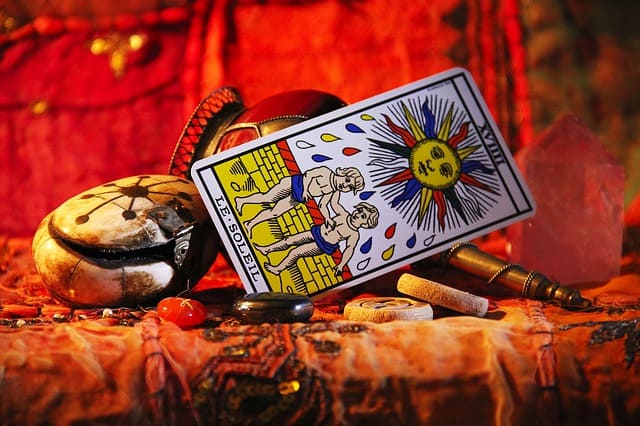
It is likely that the first versions of the Tarot to evolve from the cards mamluks brought to western Europe from Turkey in the FOURTEENTH century. A deck of mamluk of the FIFTEENTH century discovered in Istanbul consists of four suits, which correspond almost exactly with the four suits of the Tarot modern.
The game of luck
The cards of the tarot, as we know them today, emerged in Europe in the mid-FIFTEENTH century, and many historians believe originated in northern Italy. Here it was known as carte de trifoni, or letters of the victory.
Like the traditional card, consist of four suits and the court cards (a letter, a horse, a queen and a king). They were also accompanied by the 22 trump cards illustrated, that make up the composition of the Tarot current.
The deck of Tarot Visconti-Sforza
These covers originals were highly sought after. It is painted by hand to wealthy families and contained illustrations of thematic allegorical, often tailored to their personal interests.
Are preserved only three decks of the tarot of the mid-FIFTEENTH century. The most famous is the Tarot Visconti-Sforza, commissioned by Filippo Maria Visconti, duke of Milan. Unfortunately, are preserved only 61 of the 78 cards of original, and the deck is divided between two museums.
In the SIXTEENTH century changed the names of the letters. In France, the cards are called taraux, the word finally is derived the term tarot.
Prediction of the future
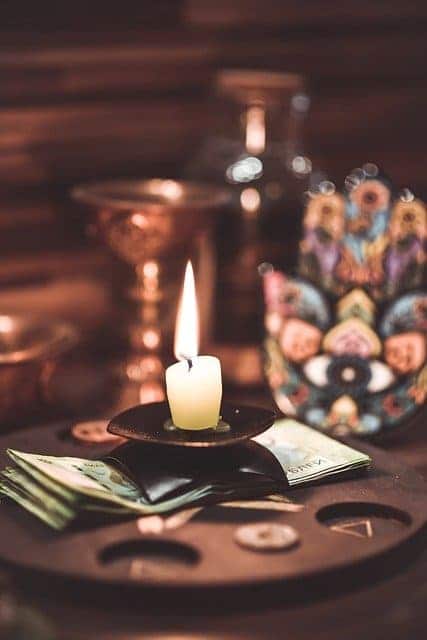
It was not until the EIGHTEENTH century when the tarot cards began to be used for divination and prediction, and finally to the occult.
The popularity of the use of tarot cards for divination can be attributed to Jean-Baptiste Arlette (that called Étira) in Paris in the 1780s. Used the cards for divination, but his method of divination has some features that remain fundamental to reading tarot today.
The “spin” (the disposition of the cards on the table) and the meanings assigned to every letter in its normal position and reverse are known by all users of the tarot in the present.
Recognized as the deck of tarot most popular of our time, Tarot Knight-White is available in several editions and was created and published for the first time in 1910.
The mystic and author AE Waite commissioned a new deck to the artist and fellow mystic Pamela Colman Smith. The deck was really innovative, as finally published the minor arcana with images that allowed readers to perceive information and predict the future through the 78 cards of the deck.
And now, in the TWENTY-first century, the Tarot has entered the digital age. Reading online has put the knowledge of the tarot accessible to all.
In a certain sense, the history of the design of the tarot has given it a whirl, and once more, we see beautiful and original designs of tarot hand-made, as if we had transported to Italy in the Renaissance.

Summer solstice
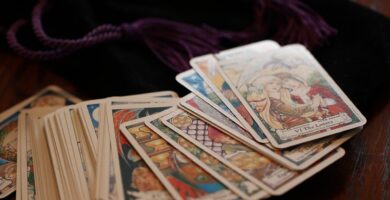
Repetition of cards in a Tarot spread
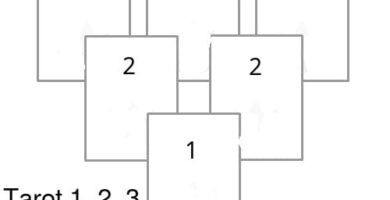
Tarot Spread 1,2,3
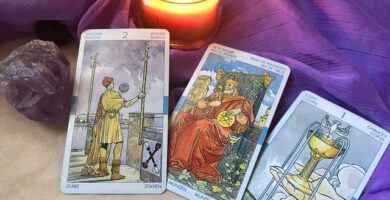
Meanings of the Major Arcana

Money spells
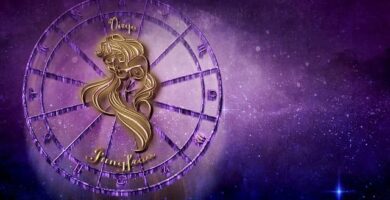
Virgo through the eyes of Tarot
- Meanings of the Major Arcana - January 9, 2023
- Tarot Spread 1,2,3 - August 13, 2022
- Repetition of cards in a Tarot spread - July 21, 2022
